Importance of Pulse Oximeter During COVID-19
The whole world is greatly affected by the current COVID-19 pandemic caused due to emerging novel Coronavirus (SARS-CoV-2) which specifically attacks the respiratory system and reduces the oxygen-carrying capacity to develop hypoxia.
Many people with COVID-19 have low levels of oxygen in their blood, even when they feel well. Low oxygen levels can be an early warning sign that medical care is needed. The severely affected COVID-19 patients require ventilators to survive and to fulfill the need for oxygen. However, the number of ventilators is much less than that of the actual number of COVID-19 patients.
What is a pulse oximeter and what does it measure?
A pulse oximeter is a small non-invasive device that is used to determine hypoxia in patients. The main function of the pulse oximeter is to determine the amount of oxygen saturation (SpO2), which indicates the amount of oxygen in the blood. This can give you valuable information about your health.
Can a pulse oximeter tell if someone has COVID-19?
You may be wondering if an oximeter can help detect COVID-19 early?
Pulse oximeters are not recommended as a way to tell if someone has COVID-19. Not everyone who tests positive for COVID-19 will develop low oxygen levels. There are people who may have a very uncomfortable fever, muscle aches, and GI upset at home, but never demonstrate low oxygen levels. Get tested if you have signs of COVID-19 or if you have been in close contact with someone who has it. The pulse oximeter can be used in primary clinical care to determine oxygen saturation. Furthermore, pulse oximeters have become a game-changer in the COVID-19 pandemic to detect the oxygen requirement in patients. However, there are several factors affecting the sensitivity of pulse oximeters that need to be understood to get an accurate reading.
Can a pulse oximeter be a helpful tool for monitoring COVID-19 at home?
An oximeter can be a helpful tool for monitoring oxygen levels so that low oxygen levels can be detected early if a person has a mild case of COVID-19 and is self-treating at home. If you have tested positive for COVID-19 and are concerned about any developing symptoms, check immediately with your healthcare provider. If you are experiencing severe chest pain, uncontrollable coughing, or dusky lips or fingers, it’s time to go to the ER.
The pulse oximeter gives only primary judgment about oxygen saturation and it is not at all a substitute for the ABG analysis. Moreover, the pulse oximeter cannot be relied on as a sole monitor to check the various events such as cardiac complications/arrests, respiratory tract-related problems, oesophageal intubation, or failure of oxygen supply.
Disclaimer
The information, including but not limited to, text, graphics, images and other material contained on this website are for informational purposes only. The purpose of this website is to promote broad consumer understanding and knowledge of various health topics. It is not intended to be a substitute for professional medical advice, diagnosis, or treatment. Always seek the advice of your physician or another qualified healthcare provider with any questions you may have regarding a medical condition or treatment and before undertaking a new health care regimen, and never disregard professional medical advice or delay in seeking it because of something you have read on this website.
References:
https://www.tandfonline.com/doi/full/10.1080/00194506.2020.1845988
https://www.health.state.mn.us/diseases/coronavirus/pulseoximeter.html
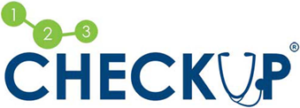
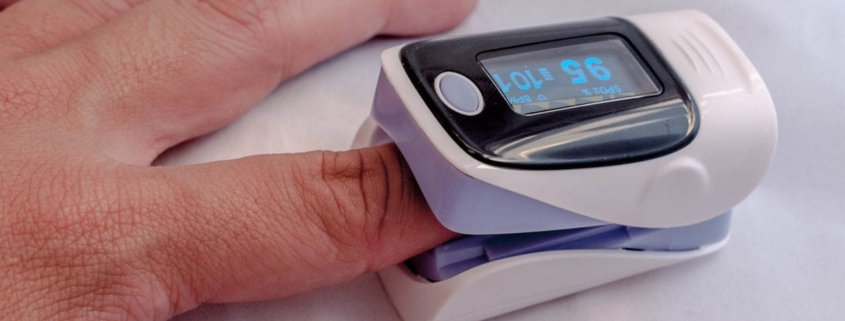


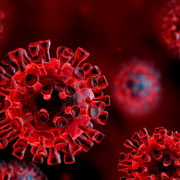
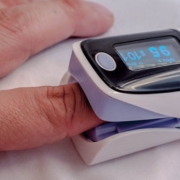

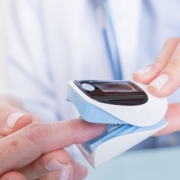
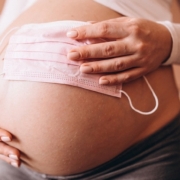
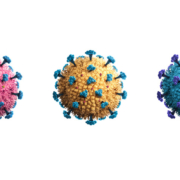



Leave a Reply
Want to join the discussion?Feel free to contribute!